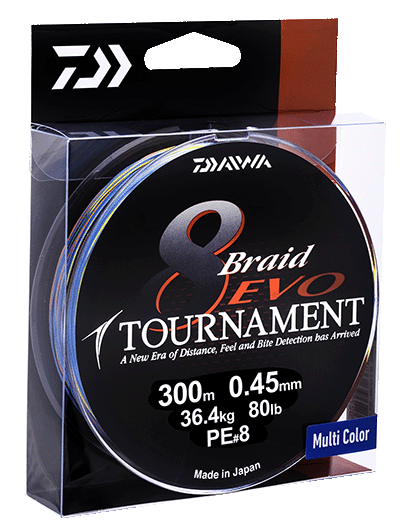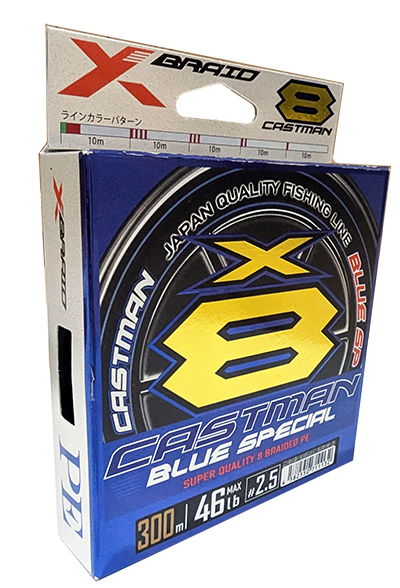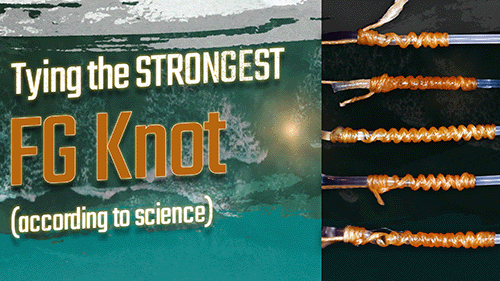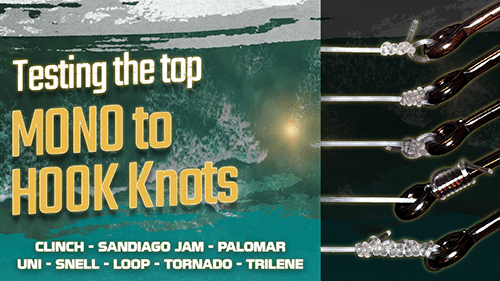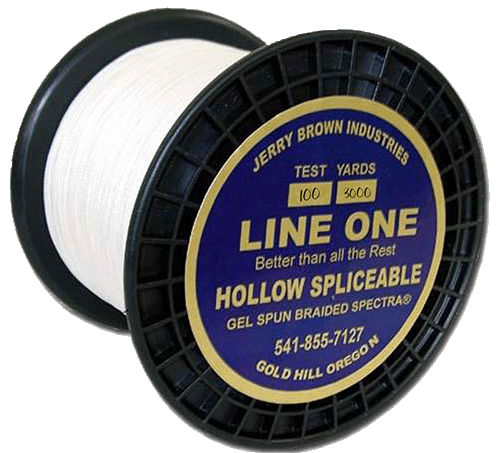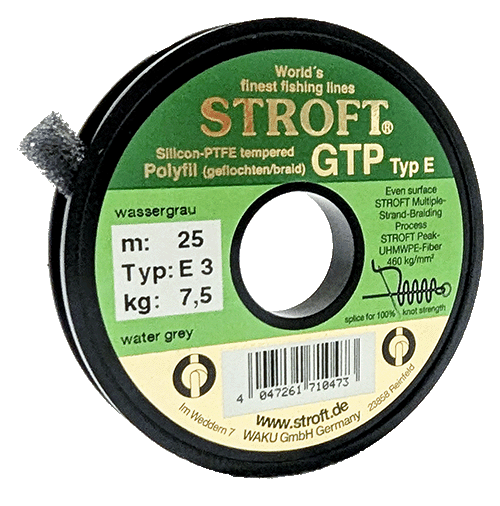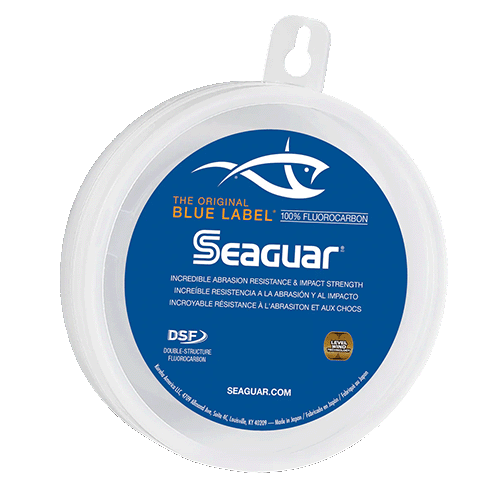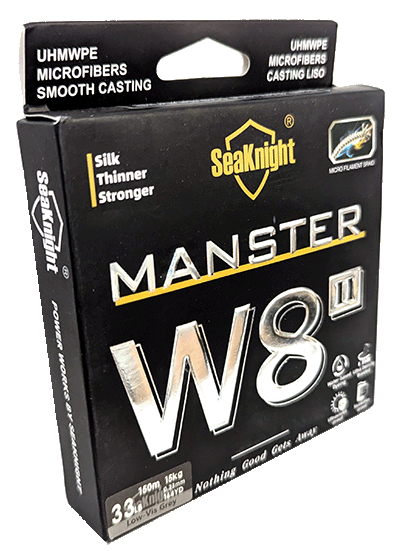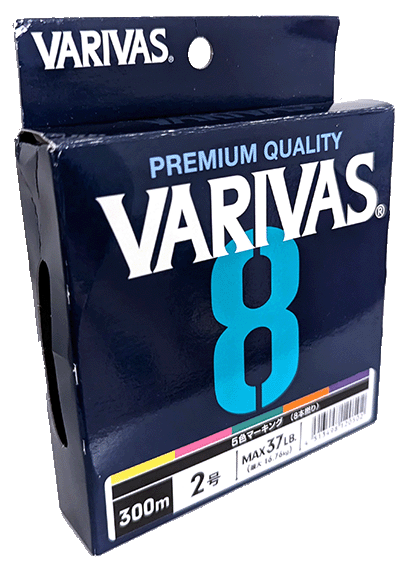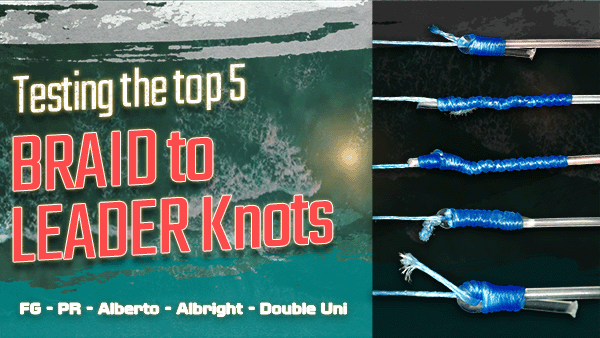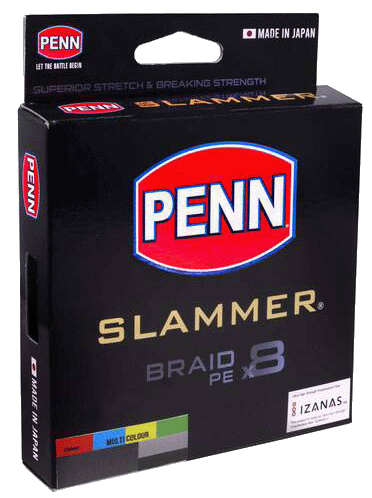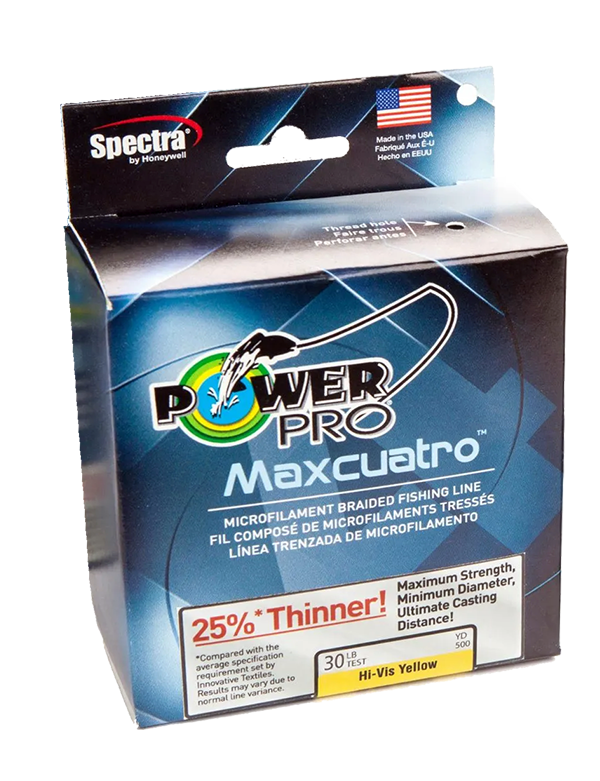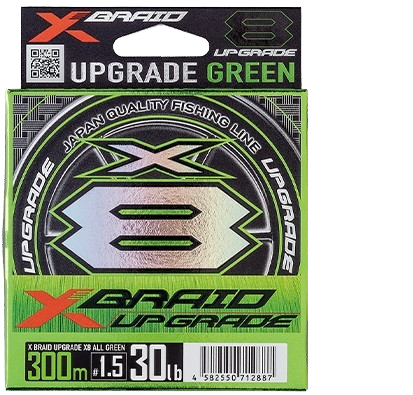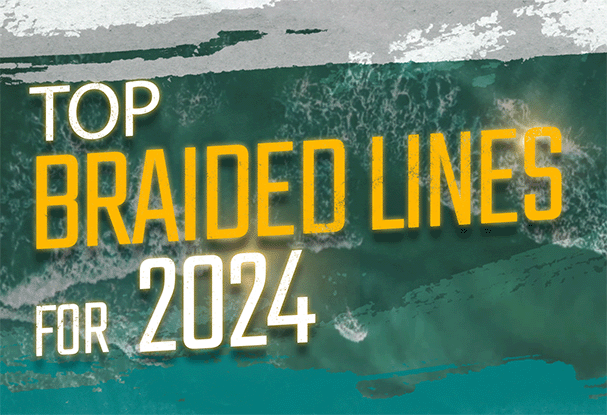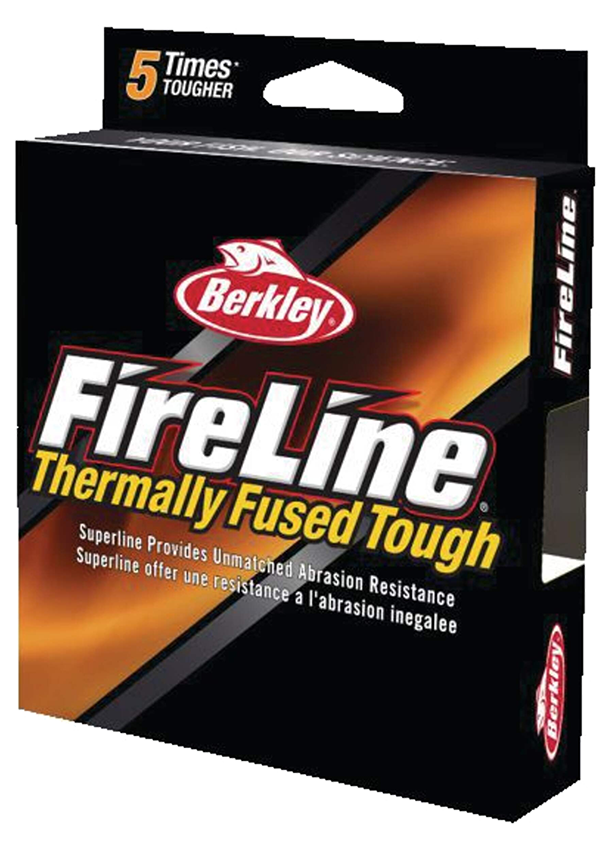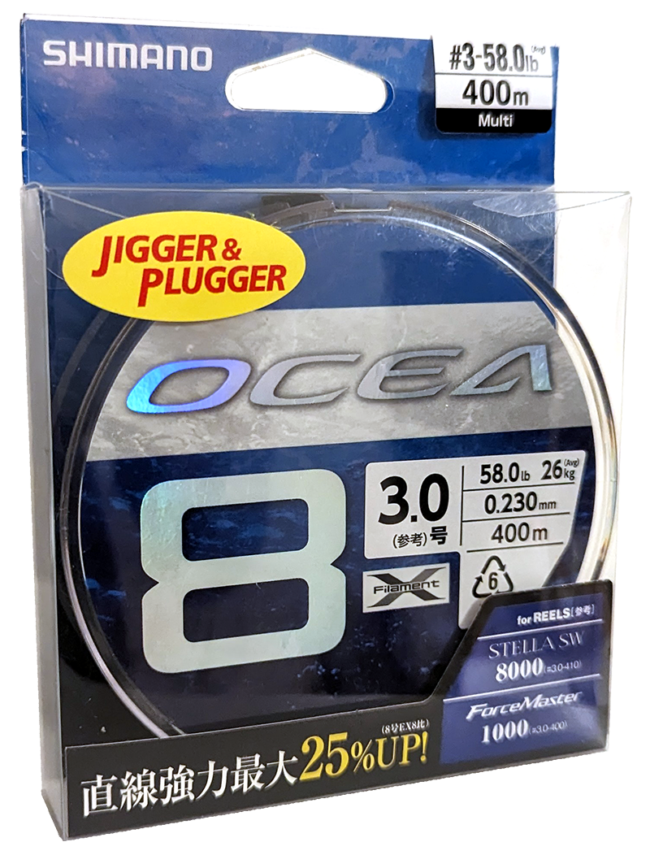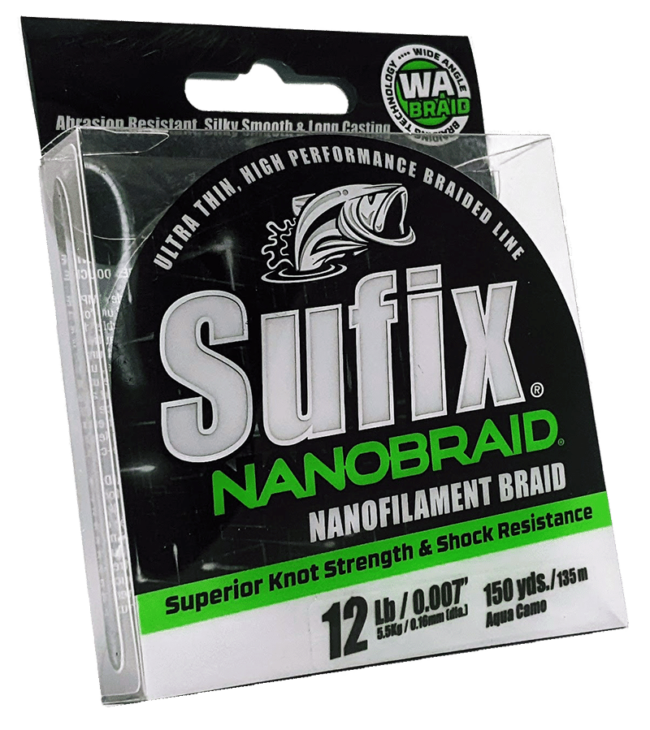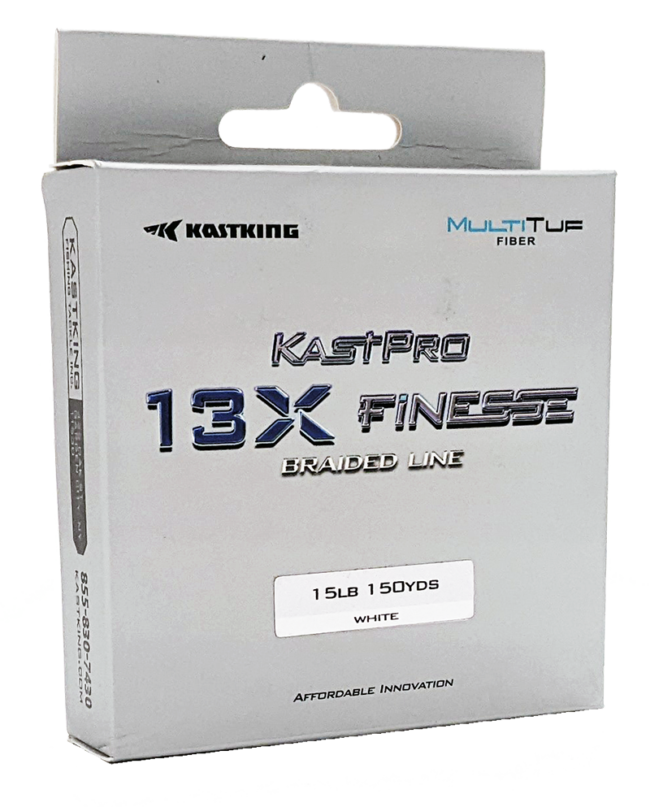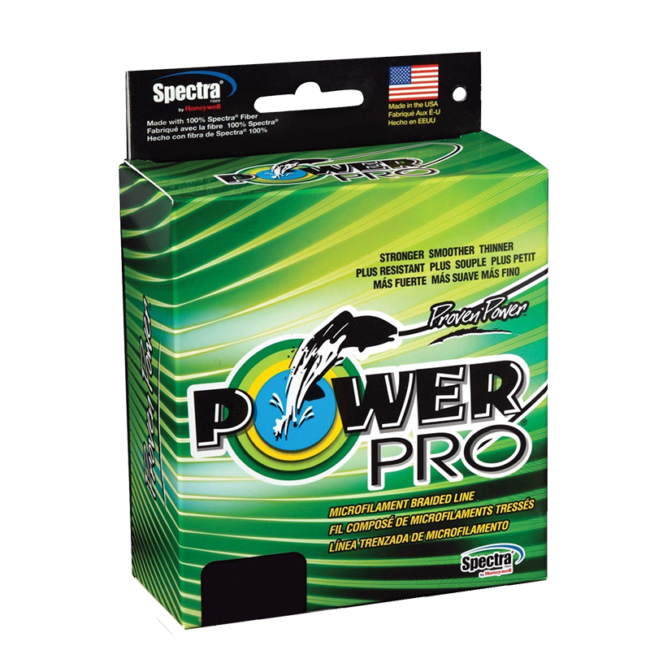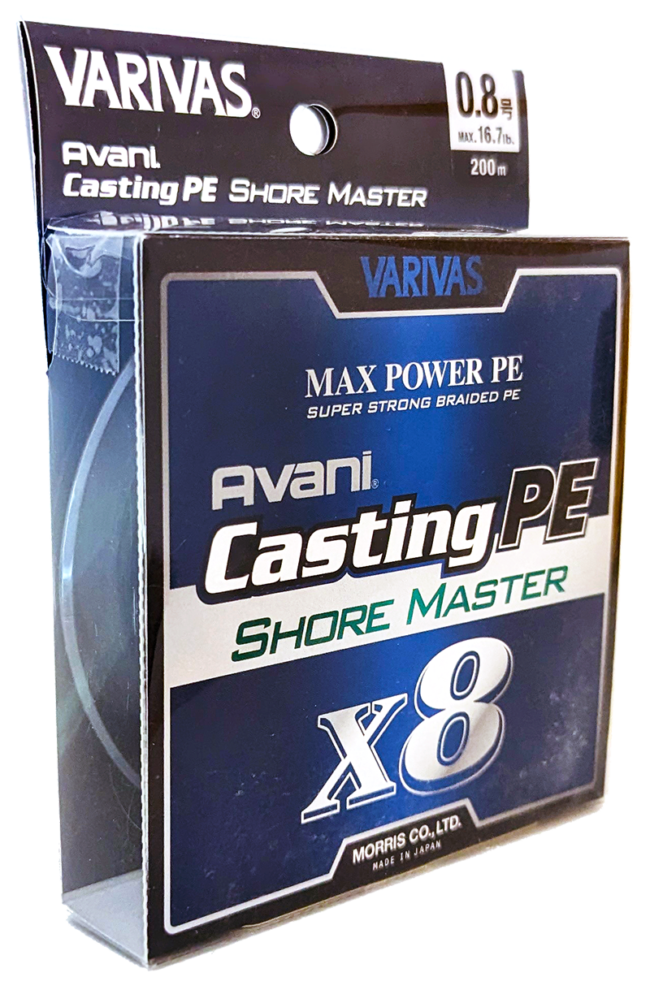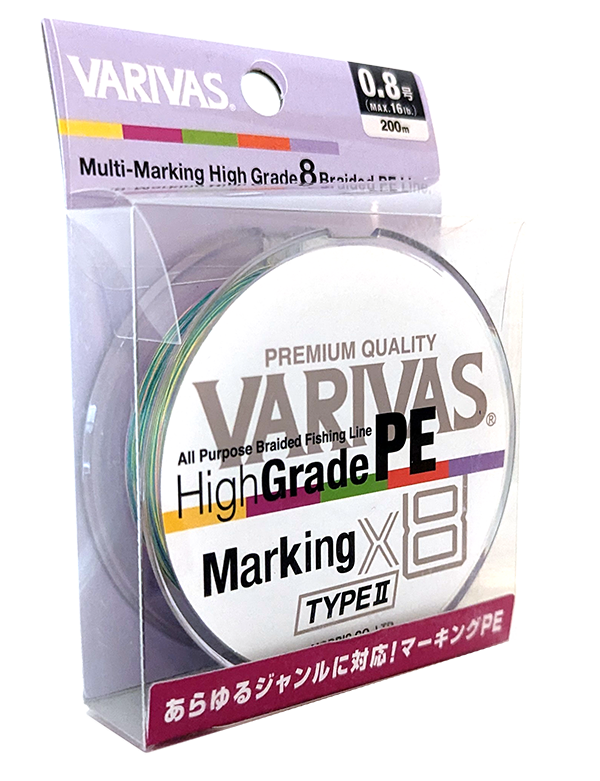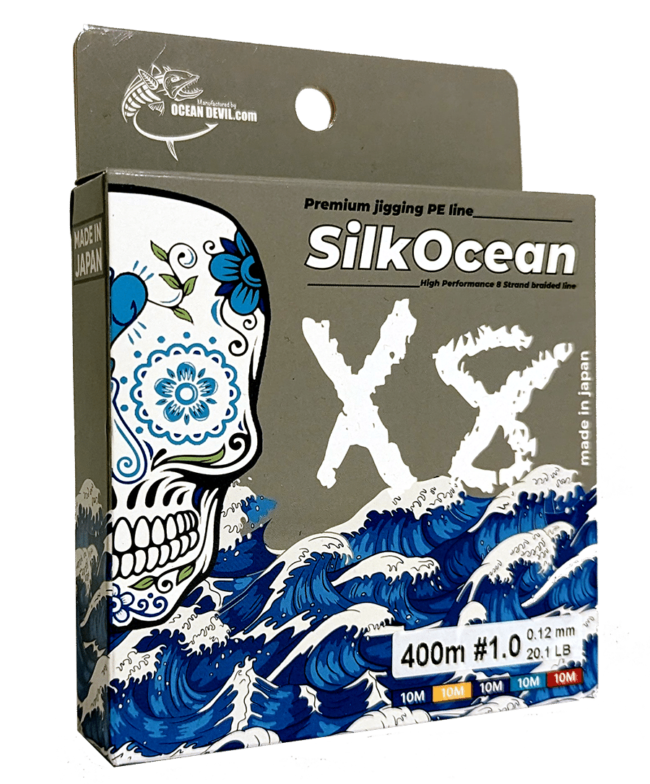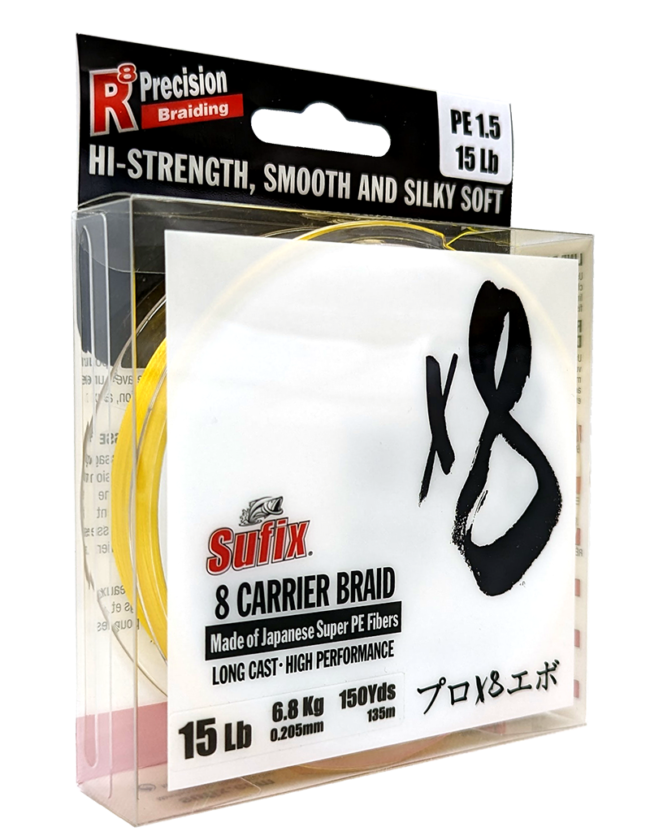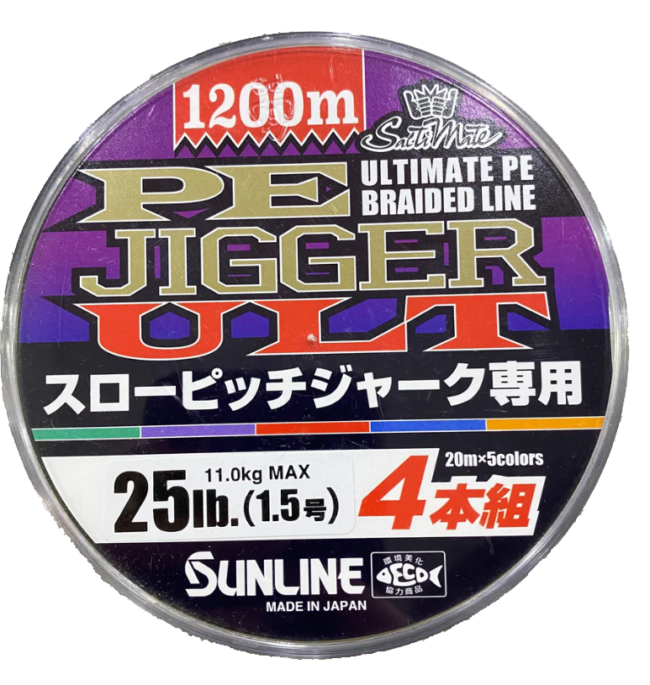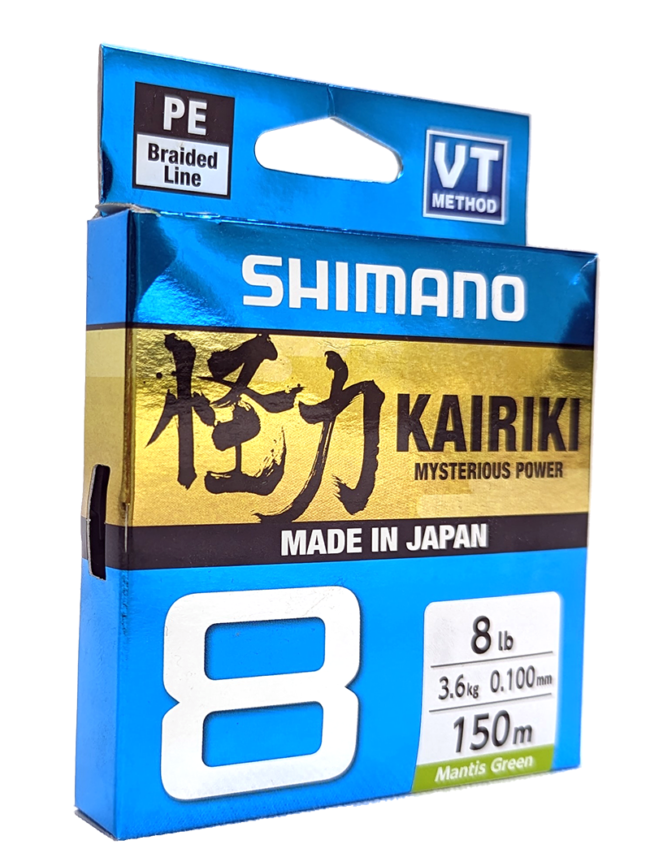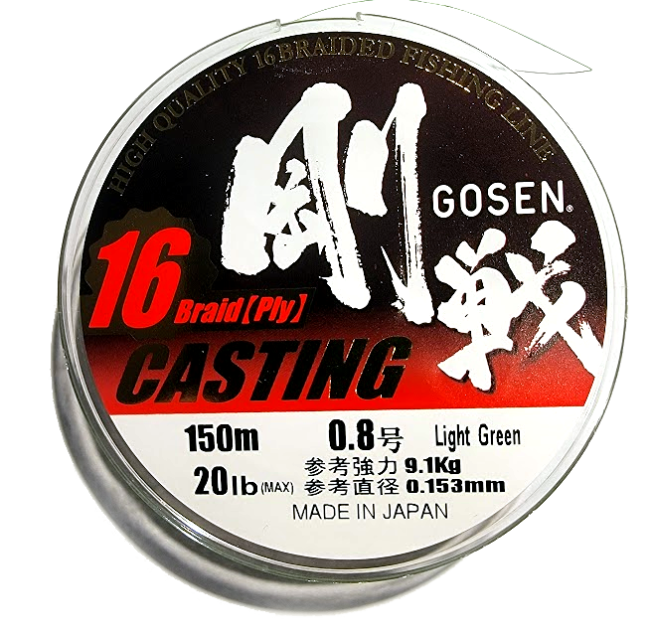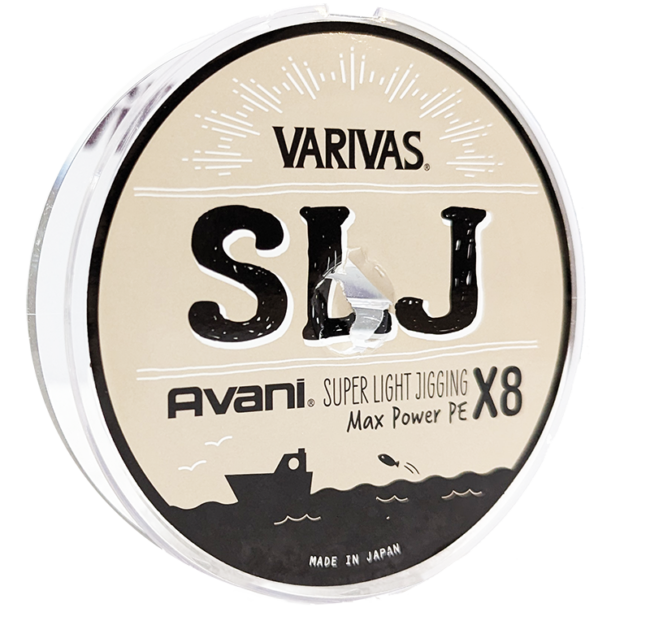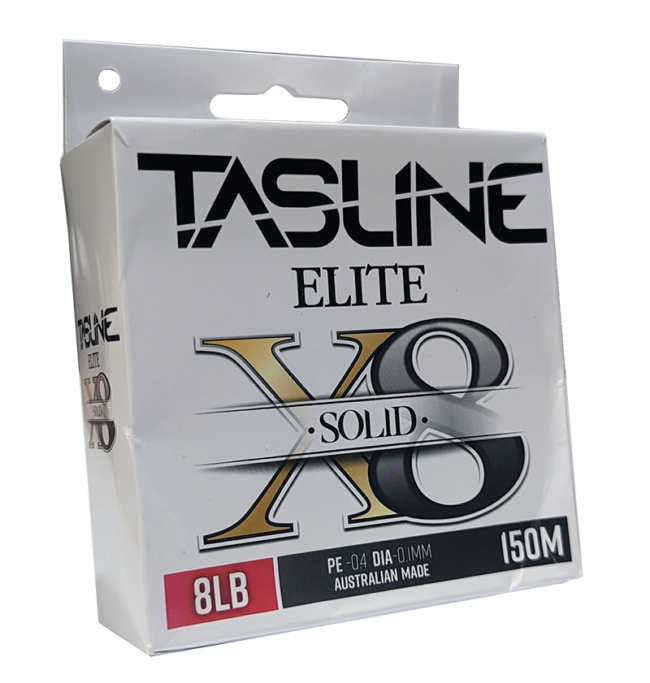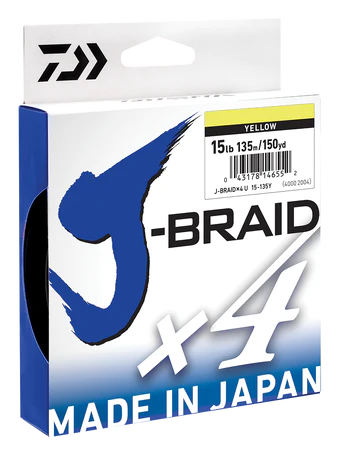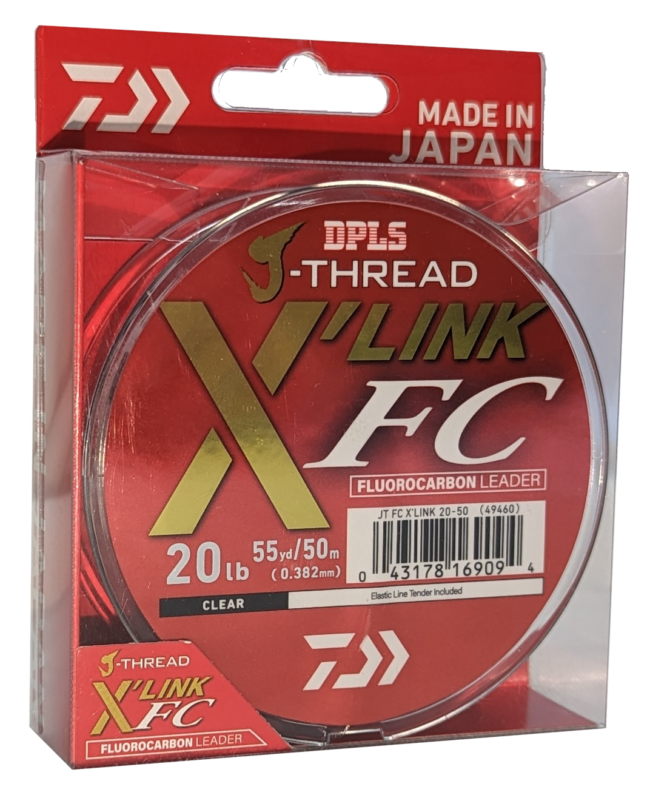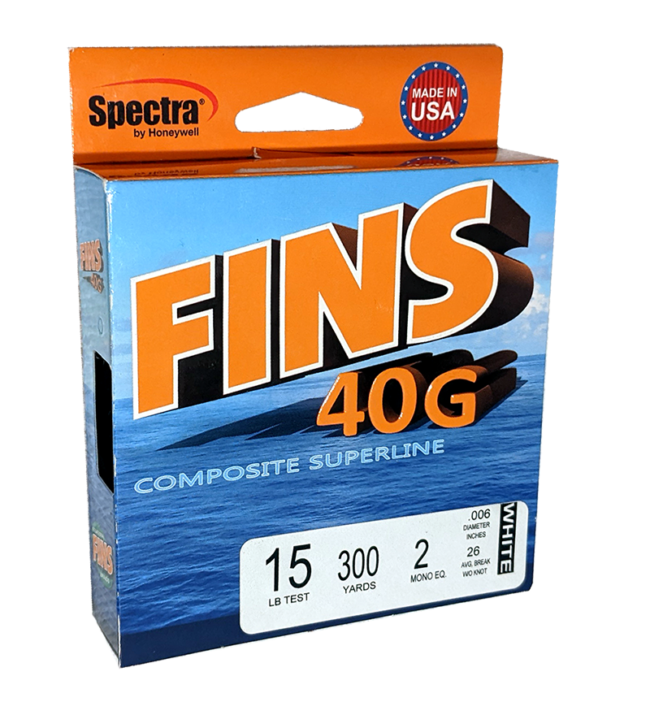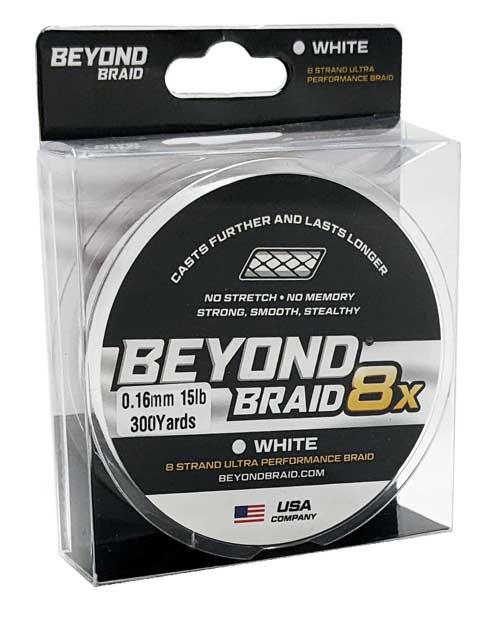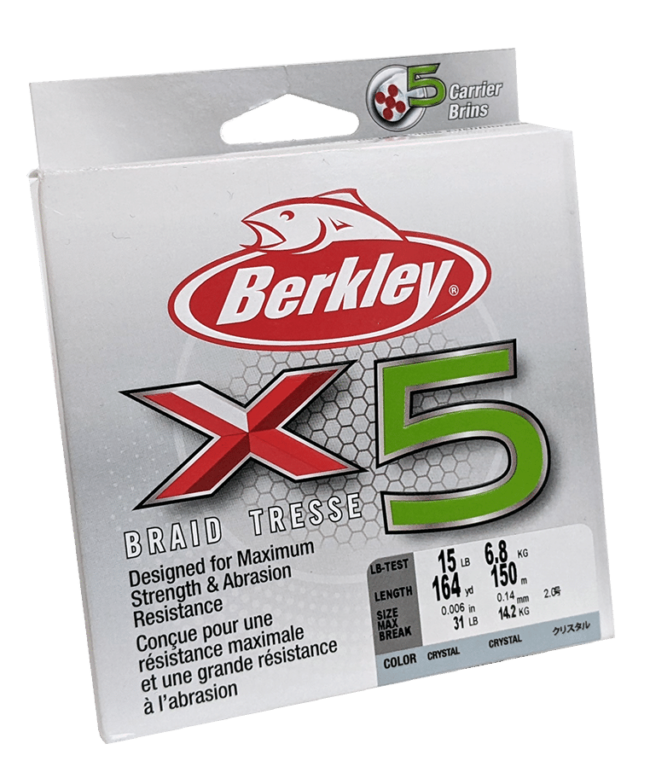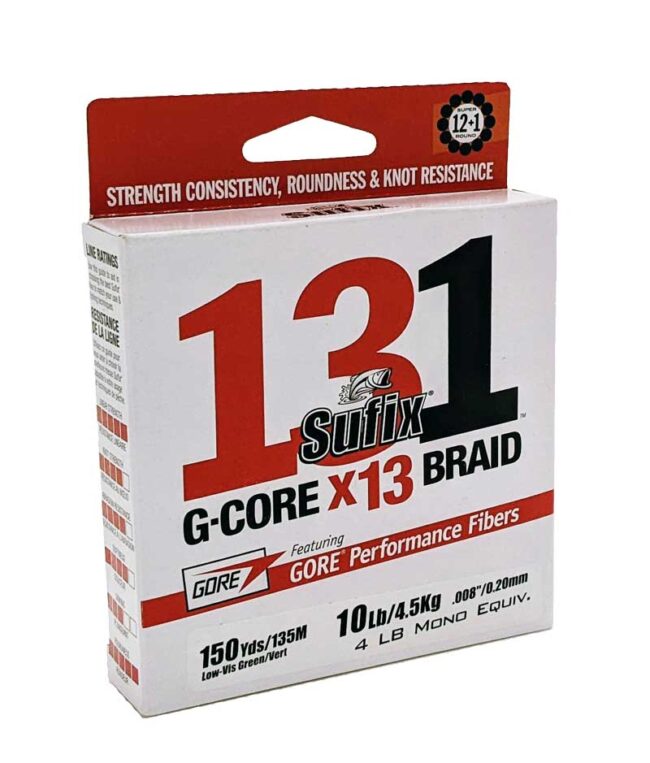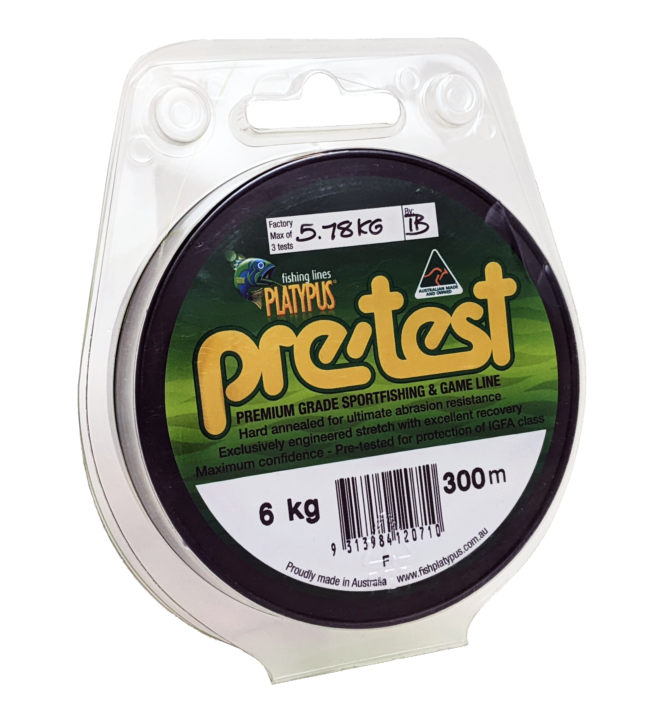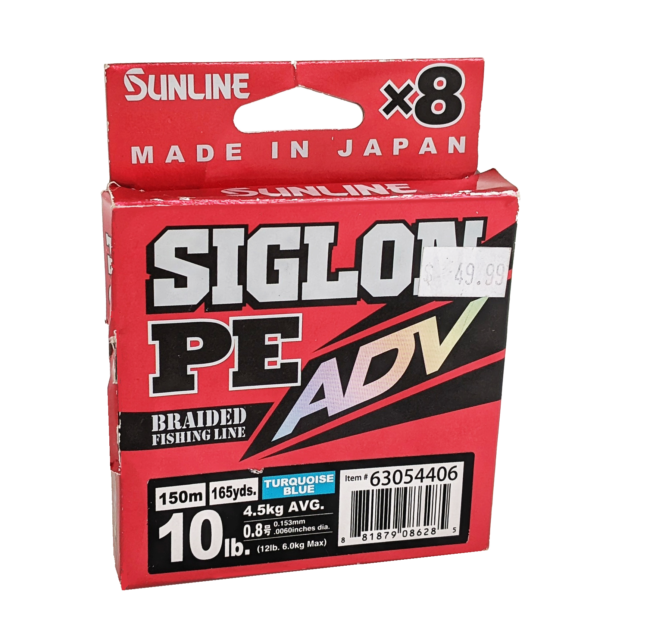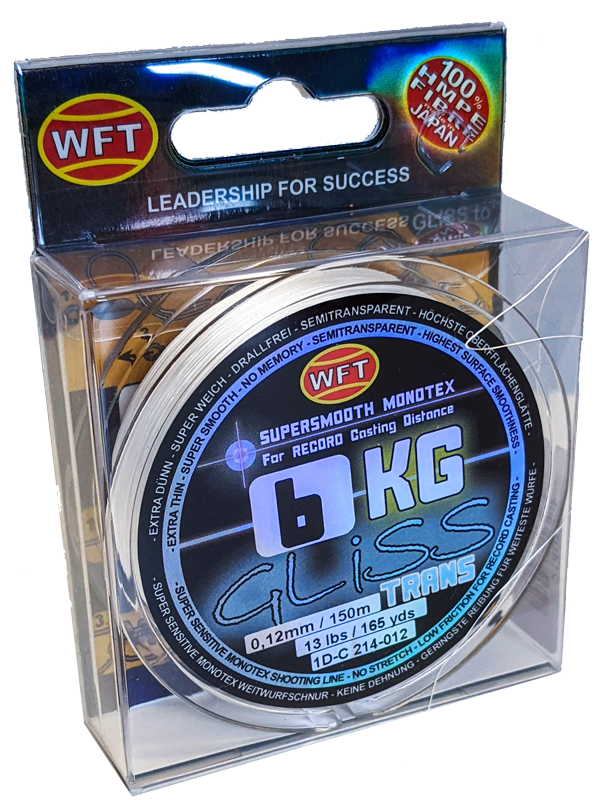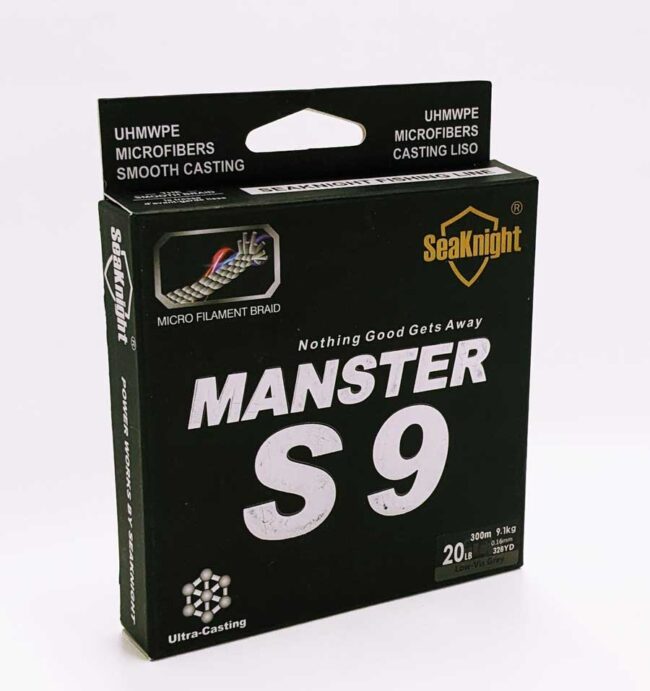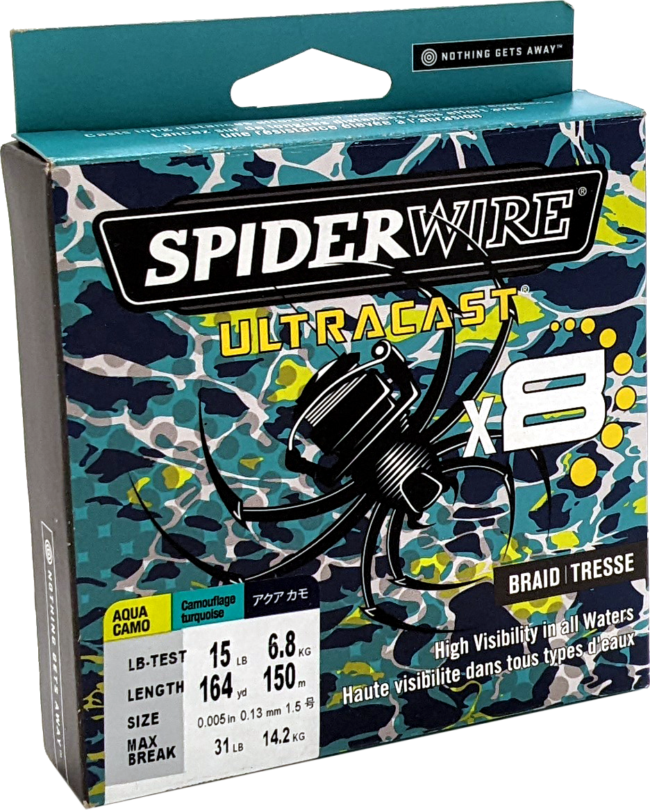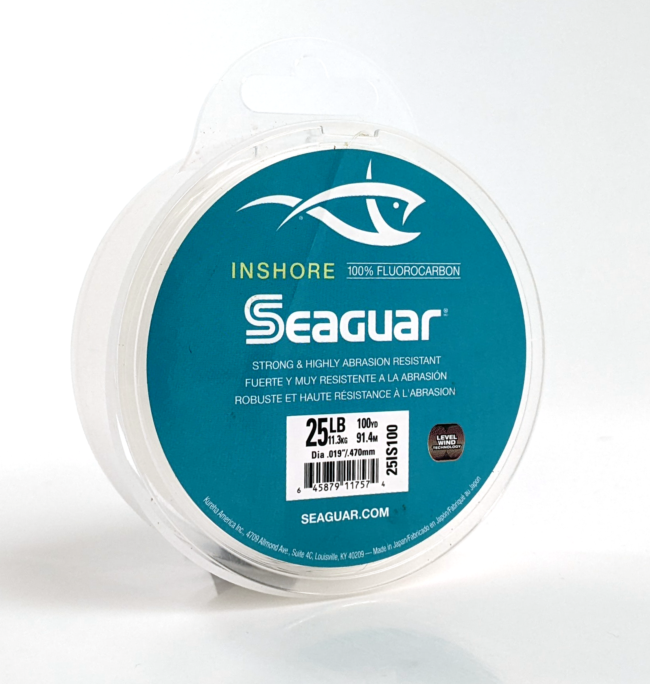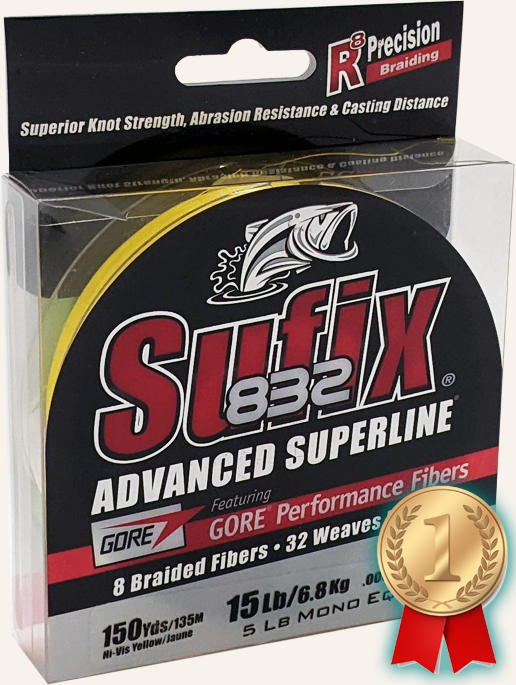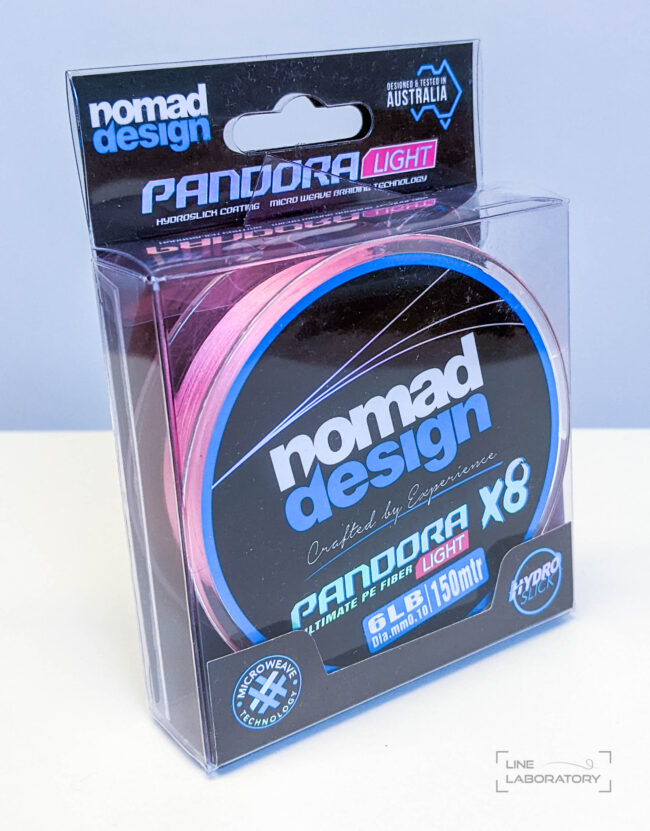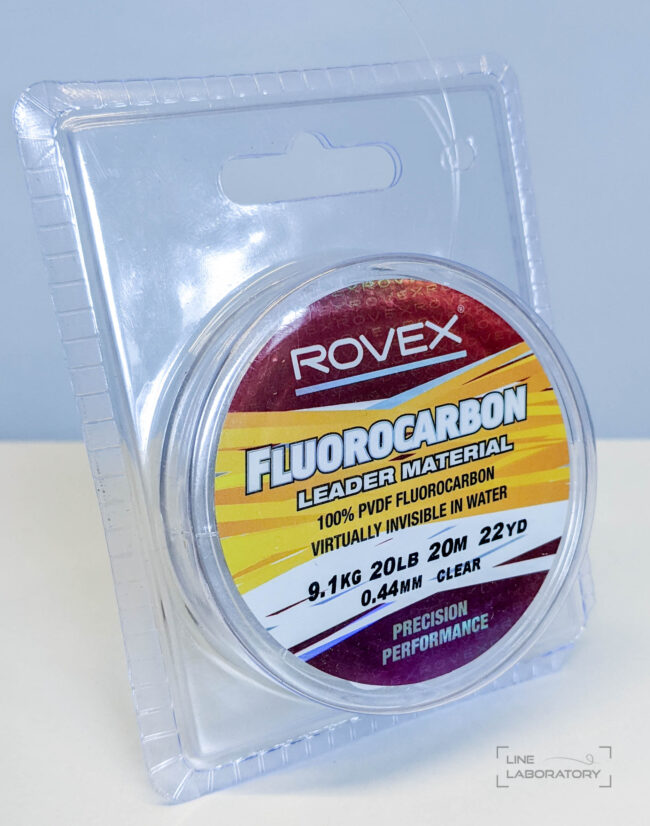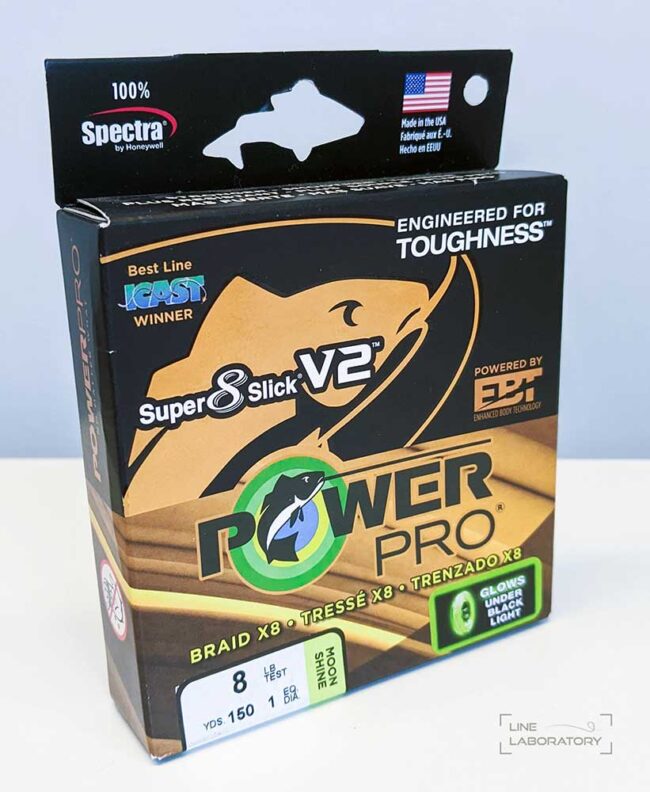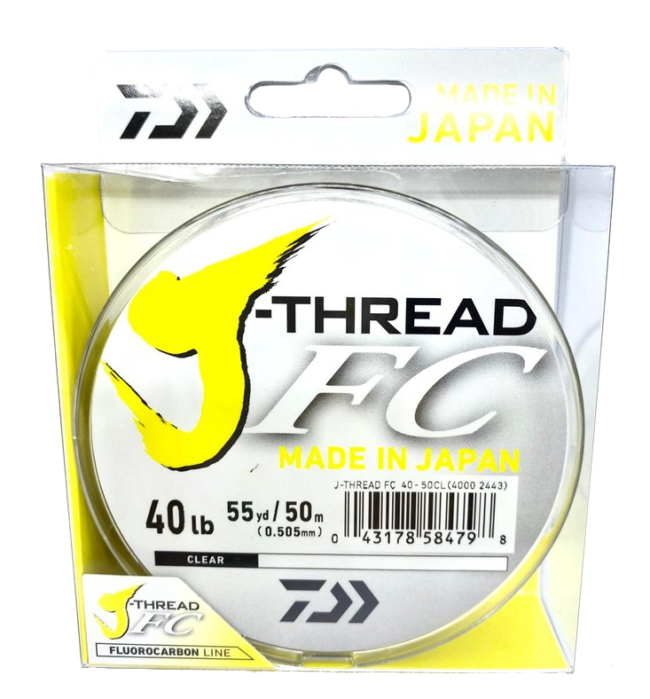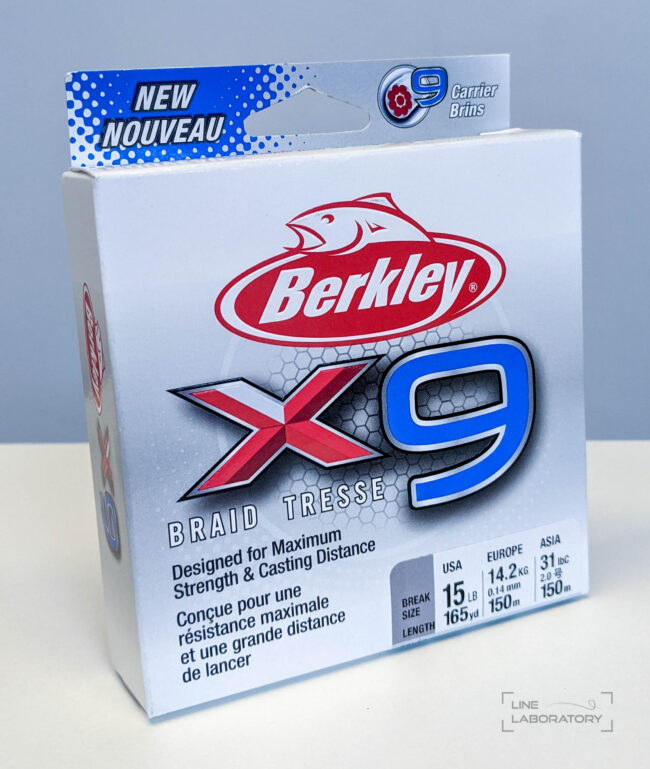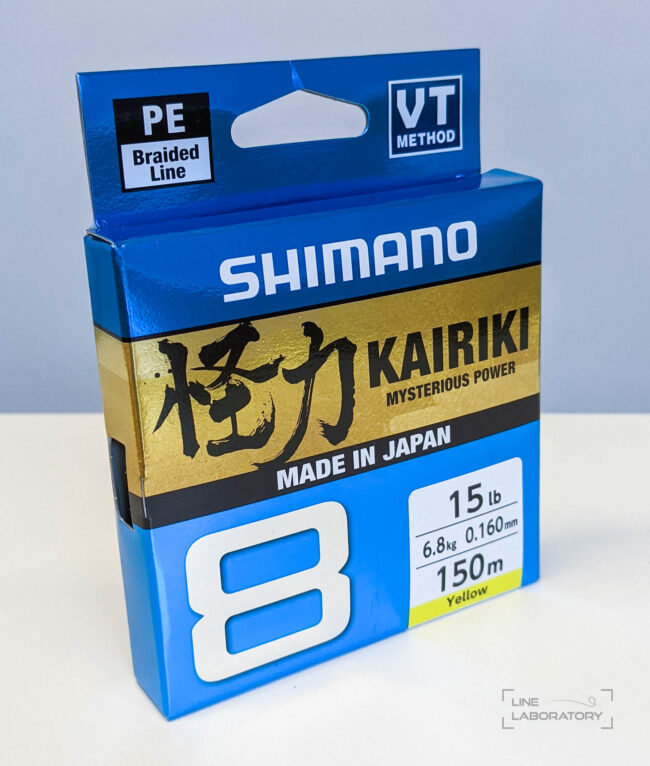LINE TESTING RESULTS
WELCOME TO THE LINE LABORATORY
What is this site?
Line is one of the most important factors to any keen angler. It’s your only connection to whatever is on the end, so making sure that your using the right line for the intended purpose is crucial.
Over the years I have used countless different line types, in various different strength ratings and construction. Some I liked, and others just didn’t work well for me for one reason or another, so it was quickly discarded and replaced with something else. If the marketing hype is to be believed, almost every line on the market is revolutionary, has the best abrasion resistance of all, the smallest diameter and is super smooth. From experience I knew this simply wasn’t true, some cast a lot further than others, some seemed to break under pressure at the smallest touch on structure, some held knots better than others, and the overall user experience can be vastly different. Further to that, trying to determine how much line a reel could hold based on the manufacturers stated claims of diameter was impossible. Either the reel manufacture was wrong about line capacity at a given diameter, or the published line diameters were off.
With all this in mind it was decided to start some “scientific” testing to try to validate the manufactures claims and gain a better understanding of how they are likely to perform in the real world. Only by bench testing as many different lines as possible, under controlled conditions, could strength, abrasion resistance, diameter and construction be checked. Some things like the user experience are subjective, what one person likes may not suit somebody else, so these are much harder to test. So for now the testing performed is mainly limited to characteristics that can be represented by a number, and then compared. Some items like “smoothness” are hard to quantify, so we just show the images and you can decide for yourself.
Testing has been done on 2 line types, Braid and Monofilament (which includes Fluorocarbon leaders etc). They are tested in the same way on the same machines. For more information you can jump over to the Testing Procedures page which describes the process and gear used.
Each line tested has all of its test results and detailed images summarized on its own page. Each line test is shown below, you can filter between various categories and jump across to see the detailed results.
The Braid Summary and Monofilament Summary pages take all lines tested from each class and compare them to each other. We look at things like claimed breaking strain vs measured breaking strain, Measured Diameter vs Claimed Diameter and so on in an attempt to give more insight into “what’s the thinnest and strongest”, or “what exactly is the dimeter of a specific line so I can work out how much I need”.
This site is not sponsored! For the majority of the lines tested here we have walked into a shop and purchased them at retail prices, or found them online somewhere, so the results are not biased to make anything look better than it is. We simply report the numbers as they are. Saying that, this gets very expensive so if anybody would like to donate some line (only a small amount is required – for example if you have a few meters left over after spooling a reel) for us to test to increase our information database it would be greatly appreciated! If any line on this site has been provided to us, then that will be specifically called out for full transparency. If you can donate some line, please get in touch with us via the Contact page. You will get full credit for providing the line (plus links to your Business, Facebook, Instagram etc) if you don’t want to remain anonymous.
Enough chat, check out the results and we hope this helps somebody.


